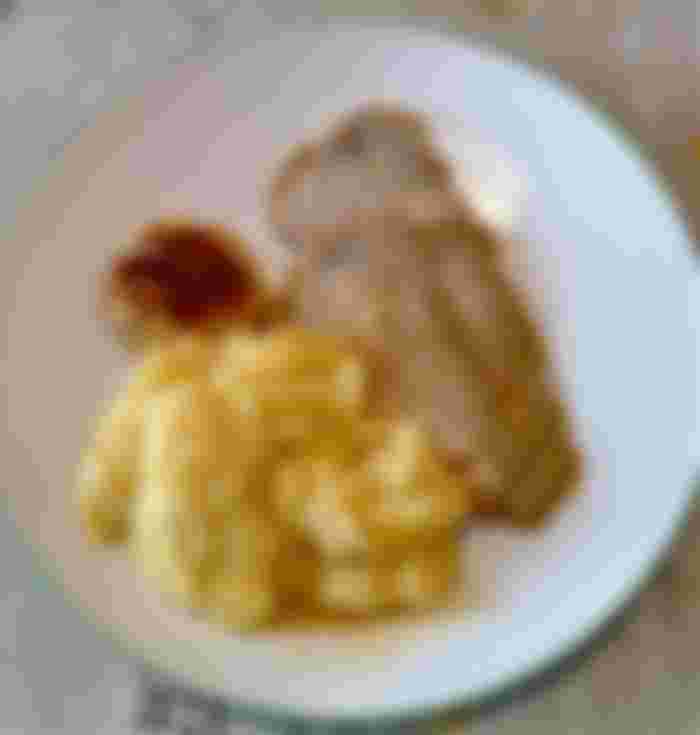The polenta was the first hot food, the first soup, the first act of the great prehistoric food revolution. A search for the origins of polenta could take us a long way and its cooking and seasoning technique is reminiscent of the Roman “puls” of spelt. The etymology is obvious: from “pactus”, dense, compact. A poor dish that can be seasoned in many different ways, a typical dish for the cold season. The cold season has its particular gastronomy, linked precisely to the need to store additional energy compared to summer when the dispersion of heat by the body causes less discomfort. Our old people, whose science of nutrition was left not only to empiricism but also and above all to the economic opportunities that the times reserved, founded a good part of their gastronomic heritage on polenta.

Spelt polenta, millet polenta, wheat polenta, barley polenta, legume polenta, chestnut polenta and acorn polenta, but polenta par excellence became maize polenta. The easy reproduction of American wheat favoured the designs of the agricultural transformation wanted by the northern states at the beginning of the modern age, but also the economic interests of landowners in every region. The preparation of polenta has always taken on the flavour of the ritual in farming families. It was the main dish and therefore deserved respect.

The ancient recipe narrated: In water and salt brought to a boil, in a "paiuolo" of copper or cast iron, handfuls of yellow flour were poured in a sprinkling, taking care that no lumps were formed. It was stirred continuously with a long stick that was always used for this purpose. It was cooked for a long time until it detached from the edges. It was poured on a chopping board, left to rest for a while and then cut the slices with a cotton thread. Polenta, present above all in the area of northern Italy, is no longer silent about its interactional vocation. There is no territory of the Italian Peninsula where peasant families and workers have not tried their hand at attacking polenta lying on the table.

RECIPE
The warm and good "polenta concia"
Prepare a normal polenta with water, salt and coarsely ground flour according to the classic recipe; boil a pot with a litre and a half of water, a large spoonful of coarse salt and when the water boils, sprinkle the polenta, always stirring with a wooden stick. Let it cook for at least 40 minutes, stirring very often and keeping it quite soft. In case add one or two ladles of boiling water. When the polenta is cooked, pour it into an earthenware pan to bring to the table; add the fontina cheese cut into not too small cubes and half of the butter, stir for a moment to evenly distribute the cheese cubes, then cover and let the polenta rest in the heat for about ten minutes without touching it. After this time remove the lid, with the wooden spoon make a few circles in the polenta so as to distribute only partially the melted cheese, which will be in strips when you taste the polenta. Brown the other half of the butter until it becomes a dark golden colour and pour it on the surface of the polenta, serving immediately. If desired, it can be presented in a single terracotta pan, following the same procedure. INGREDIENTS 500 gr of coarsely ground polenta flour, water, salt, 250 gr of fontina cheese, 100 gr of butter.





Good one